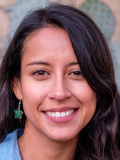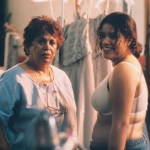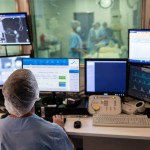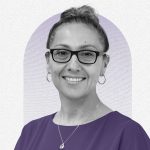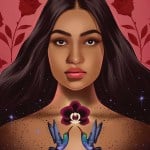This Hispanic Heritage Month, we’re telling the untold stories of women, women of color and LGBTQ+ people. Subscribe to our daily newsletter.
On a sunny day, perched on slanted beige rocks of the San Andreas Fault line, Michelle Barboza-Ramirez is dressed in a white sun hat, with retro sunglasses and dangly flower earrings, discussing how plate tectonics transformed the Los Angeles landscape as the camera rolls.
“Take a look behind you. These rocks are tilted. Like hella tilted,” they tell Blake de Pastino, a fellow host of the popular PBS show “Eons.” The camera pans to the background. “If you didn’t know anything about geology, you’d see them and you’d be like, ‘Wow, that’s so weird that these rocks formed sideways.’”
This conversational tone makes Barboza-Ramirez, who is a paleontologist and geologist, relatable to viewers. They go on to explain how all rock formations at one point lay flat on the ground and how tectonic activity at the San Andreas Fault line, where the North American and Pacific plates slide past each other, has caused the rocks to push upward.
-
Read Next:
“We say that Californians live on a different plane of existence, we’re on a different tectonic plate, Blake!” they say with excitement. While the rest of North America is on the North American plate, “We, right now, our butts are on the Pacific plate.”
“Eons,” which is usually anywhere between 10 to 15 minutes long, is streamed on YouTube to over 2 million viewers made up of hardcore paleontology and geology nerds, high school and university students, and everyday people who are curious about life on Earth.
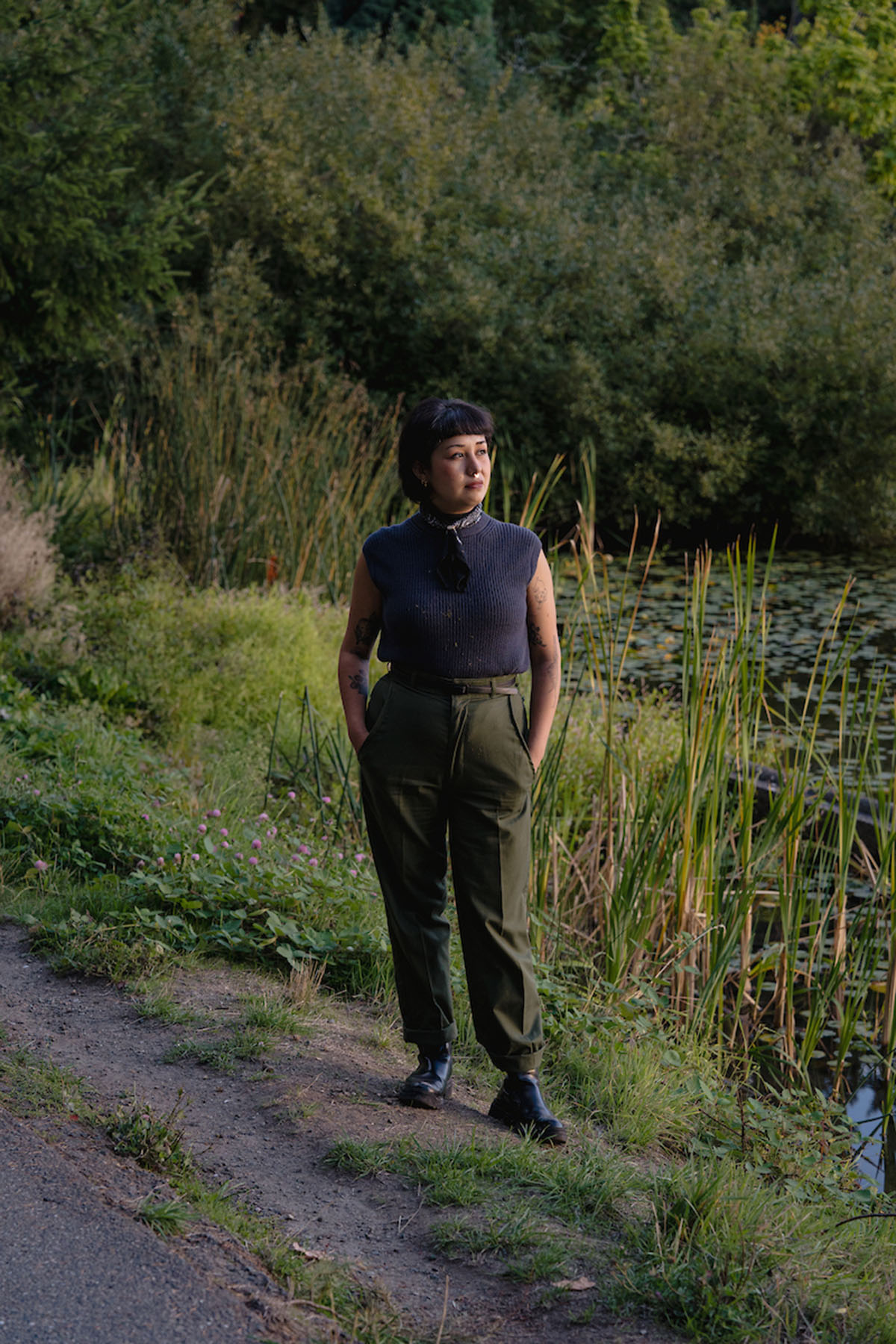
In the comments section on this particular episode, people gush about Barboza-Ramirez’s charisma, expertise and ability to communicate in a way that feels easy to understand.
“Michelle’s enthusiasm and knowledge throughout their explanations was really inspiring. It almost makes me want to consider doing something where I can get to geek out and explain things that surround us!” one commenter wrote.
Another spoke directly to Barboza-Ramirez: “I just want you to know that your relaxed approach acts as a welcome sign for people who’d like to know but feel as though they are not allowed to ask.”
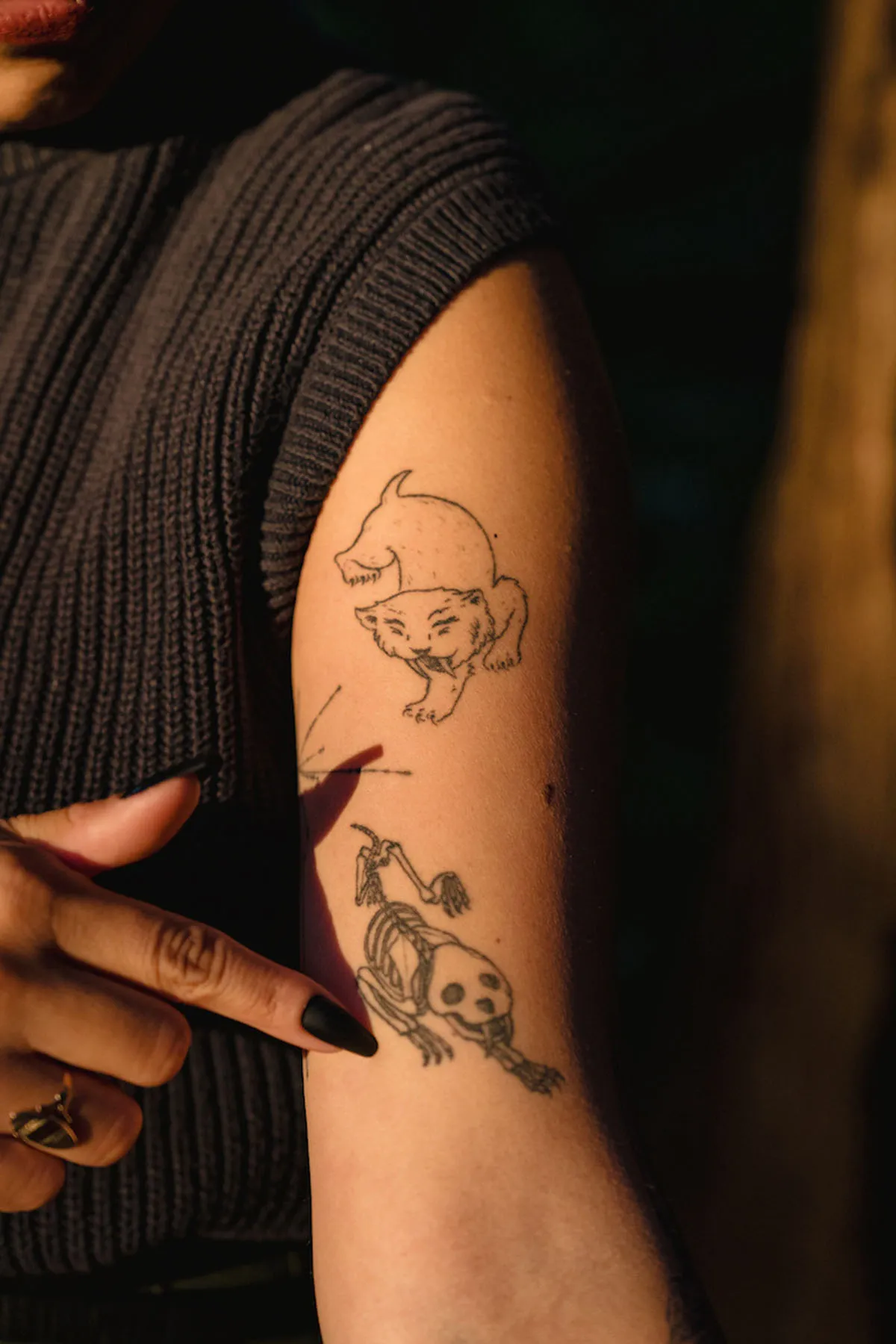
Barboza-Ramirez’s wardrobe bucks expectations of what a scientist should look like. At times, they dress like a modern Latinx goth Miss Frizzle — with an earring collection that includes tiny dinosaur skull replicas as well as amber-encased mosquitoes.
And as a queer nonbinary Latinx person, they are bringing representation and visibility to a profession that for a long time has been depicted as stuffy and out of reach, and dominated by White men.
“It’s not that I’m a scientist and I’m Latinx,” Barboza-Ramirez, who also goes by MB, said about how their identity intersects with their profession. “It is that I’m a Latinx scientist and it is important and actually a benefit to use my identity and my perspective in STEM fields.”
Their presence on the show, and their Instagram account, Latinxnaturalist — a mix of science factoids and outdoor adventures that has over 13,000 followers — has made Barboza-Ramirez somewhat of a celebrity for geology and paleontology students, in particular those who didn’t see themselves represented in the field.
-
More Hispanic Heritage Month coverage
- How a university less than a mile from the Mexican border is helping Latinx students thrive
- Through his transformative designs, Miguel Rosales is building bridges — literally
- They lost the most jobs in the pandemic. Now Latinas are back at work in historic numbers.
Michelle Jimenez, one of their former interns for a community ambassador program at the National Park Service affectionately calls them profe — a Spanish nickname for professor. She knew Barboza-Ramirez from their Instagram account and “Eons,” and admittedly fangirled when she realized they’d be working together. With Barboza-Ramirez, she felt taken seriously, like her ideas mattered. She felt seen. Jimenez, similarly to Barboza-Ramirez, hadn’t been exposed to many scientists that felt relatable growing up.
“I never saw anyone that studied geology that looked like me,” she said. “I think just at the core of it we didn’t have enough representation and it sucks because I pushed myself to study geology despite a lot of lack of encouragement and lack of visibility.”
“Now when I go out and do public programs or see profe doing their thing, I’m like, ‘Heck yeah, that’s amazing.’ … Why don’t we have more of that?”
Now, as a science educator, it’s become part of Barboza-Ramirez’s life’s work to inspire the next generation of queer and Latinx kids to see how science can connect to their lives and in turn how they can influence science.
Barboza-Ramirez grew up in Los Angeles in a family that encouraged them to explore their interests and desire to learn. Their parents were both teachers who had moved to California from Mexico. And many of their summers were spent with their mother, who crafted field trips for her students after testing them out on Barboza-Ramirez, visiting sights like the Los Angeles Natural History Museum and the La Brea Tar Pits, where a thick asphalt tar seep trapped mastodons and saber tooth tigers, preserving their remains over 10,000 years ago.
Notebook in hand, Barboza-Ramirez would jot down facts about the insects or the dinosaurs they had learned about that day to share with friends and family later, their mother remembers, foreshadowing what would become their career — to explain science to everyday people.
But Barboza-Ramirez didn’t realize any of those early interests could translate to being a scientist.
“I had always thought science was just like math equations or being in a chemistry lab with test tubes,” they said. “I don’t think I had a very good idea of what science is and what science does and what it looks like.”
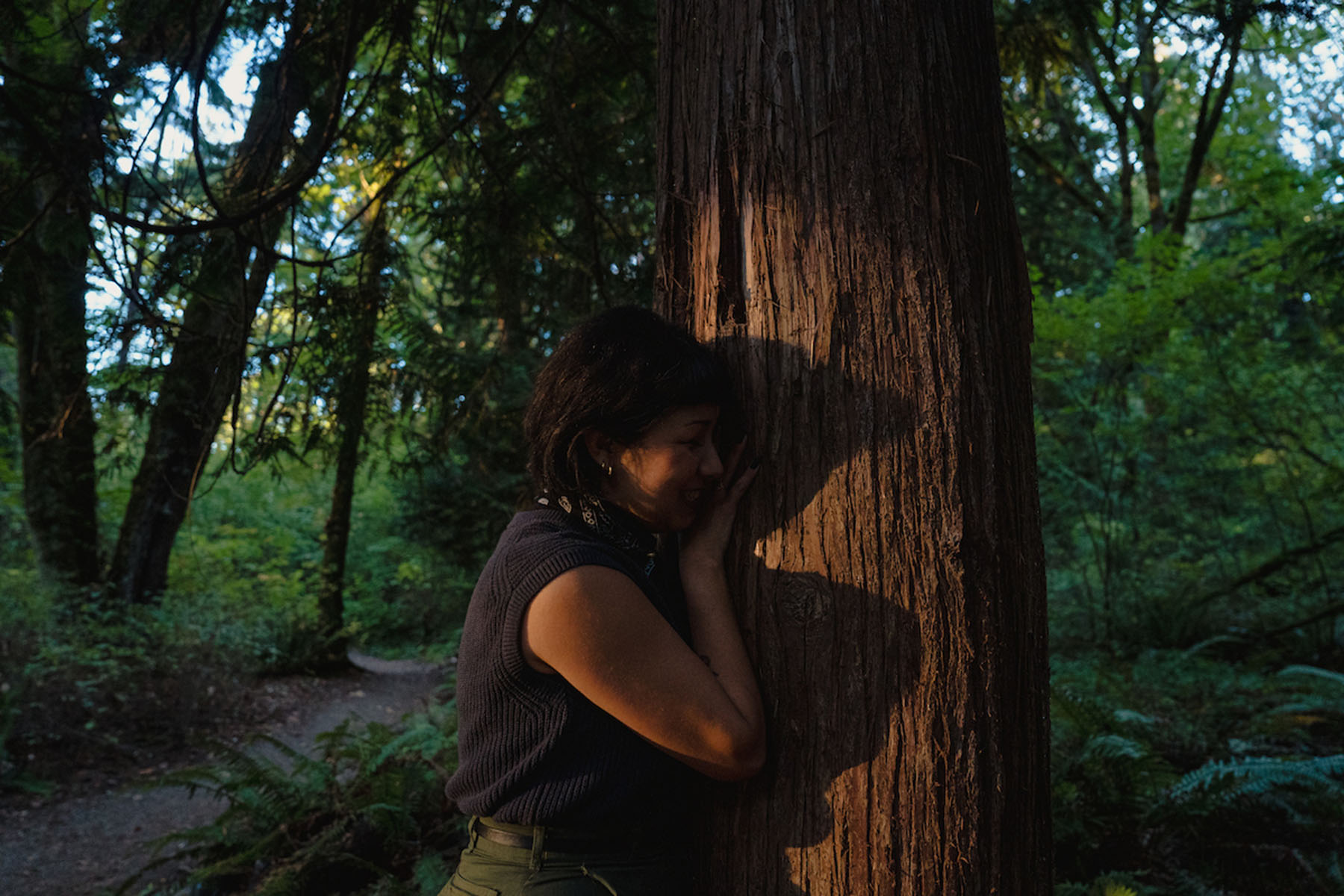
Part of the problem was that their idea of who could be a scientist, a profession typically portrayed as a man in a lab coat scribbling furiously on a white board, bore no resemblance to who they are or what interested them.
A 2018 study by the Geena Davis Institute on Gender in Media found that between 2007 and 2017, 37 percent of characters that played engineers or scientists in films and television depicted women; 71 percent of STEM characters were White. Just 3.9 percent were Latinx. There was no data for nonbinary characters.
The study goes on to state that the common stereotype of a nerdy scientist, the socially awkward White man found in entertainment, further reinforces the idea that STEM is a “male pursuit.”
It’s one of many barriers to bringing more underrepresented students into the field where at least in terms of gender, has become more representative. According to the Geological Society of America, 45 percent of geoscience Ph.D.s now go to women. But the numbers drop for women of color, accounting for just 1.5 percent of geoscience degrees. There is not enough data on nonbinary people.
For Barboza-Ramirez, it wasn’t until they were in college at California State University, Fullerton, that they gained a better understanding of what science could be. They entered college as a business administration major. But after taking a geology class in their second year, part of their college’s requirements to fulfill a science credit, they started to see how their love for the outdoors and the natural world could be science too.
They realized that the museums they visited as a kid were also places of scientific research, where paleontologists and geologists were working on research projects on the floors above.
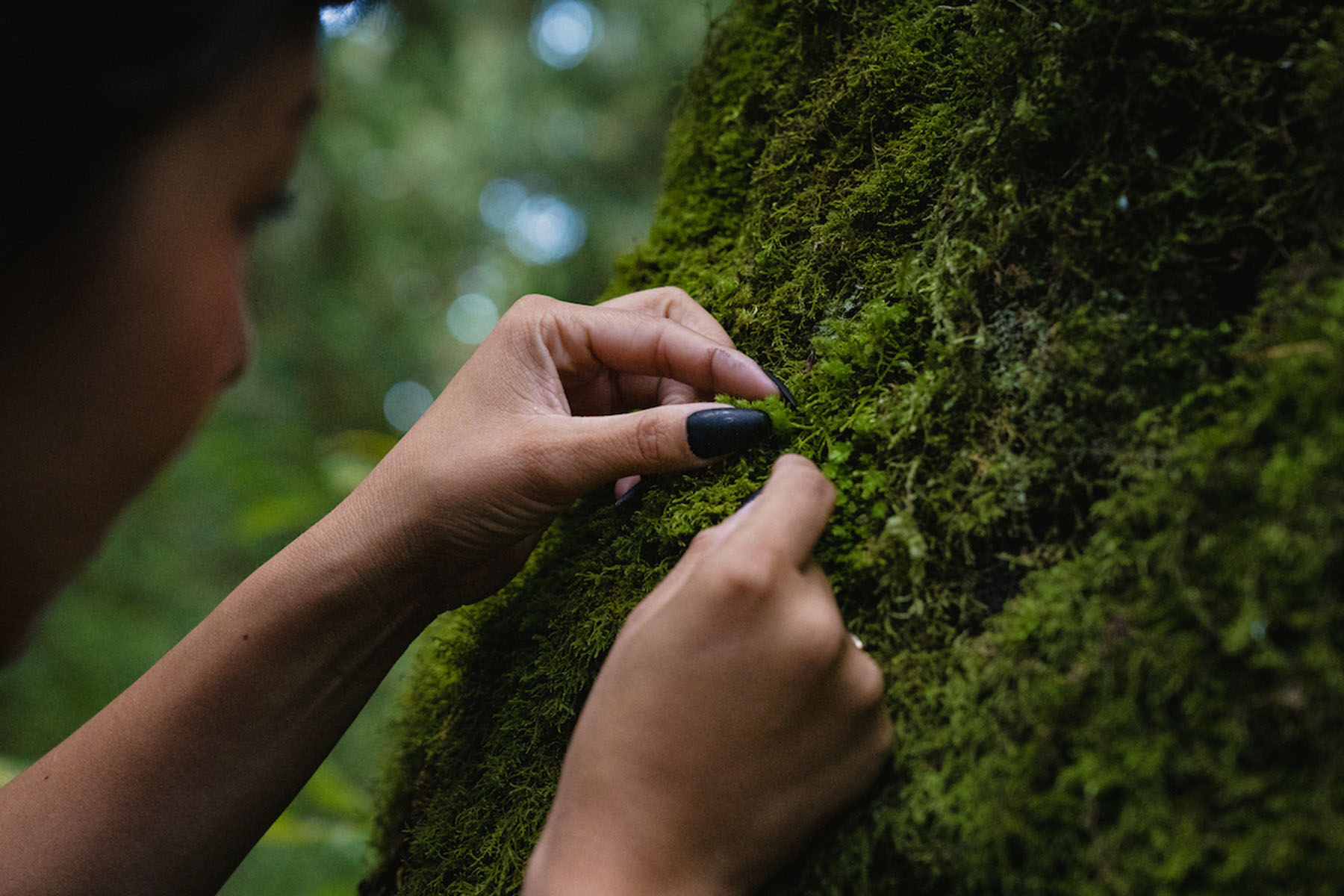
“It truly had never occurred to me until my second year of college that that was somebody’s job,” they said. “Someone had to be paid to dig up those dinosaurs and figure out what they are … I had just not understood that at all.”
“That’s when everything changed for me,” they continued. They promptly switched majors to study geology.
They went on to get their masters in geology at the University of Florida, where the faculty and student body in their program was a lot less diverse than their undergrad community in California. There they encountered micro-aggressions, like the time someone at their lunch table suggested that Mexican scientists had only really started producing research in the past 50 years or so. For Barboza-Ramirez, the comment stung, but they weren’t prepared to respond.
“I was really being hit with these biases from folks and it was really frustrating,” they said. “I would love to say that when I heard those things, I had a nice quick comeback. No, I was just in shock. Because my first reaction was, ‘Are they right?’”
They felt the need to prove to themselves and others that their community’s knowledge was scientifically valid and rich. “I wanted to arm myself with knowledge,” they said.
Barboza-Ramirez began to research all the scientific contributions that had come from Mexico, and also started to see the difference between how the scientific community viewed Western science versus non-Western or Indigenous knowledge. They saw how it was characterized as less-than.
“I feel like a lot of times I’ll see articles that report that science has proven something. … Whereas, really, Western science is actually catching up to what Indigenous knowledge and Indigenous theory has been saying for thousands of years,” they said.
At the same time, they were learning about other groups who had been left out of record books. Barboza-Ramirez was pursuing a gender studies certificate and started a podcast called “Femmes of STEM” to showcase the many contributions of women — astronauts, biochemists and agriculturalists —that had also been hidden due to sexism.
In research for the podcast, they learned how women geologists would publish under their husband’s names in the 1800s because they weren’t allowed to be members of the Geological Society.
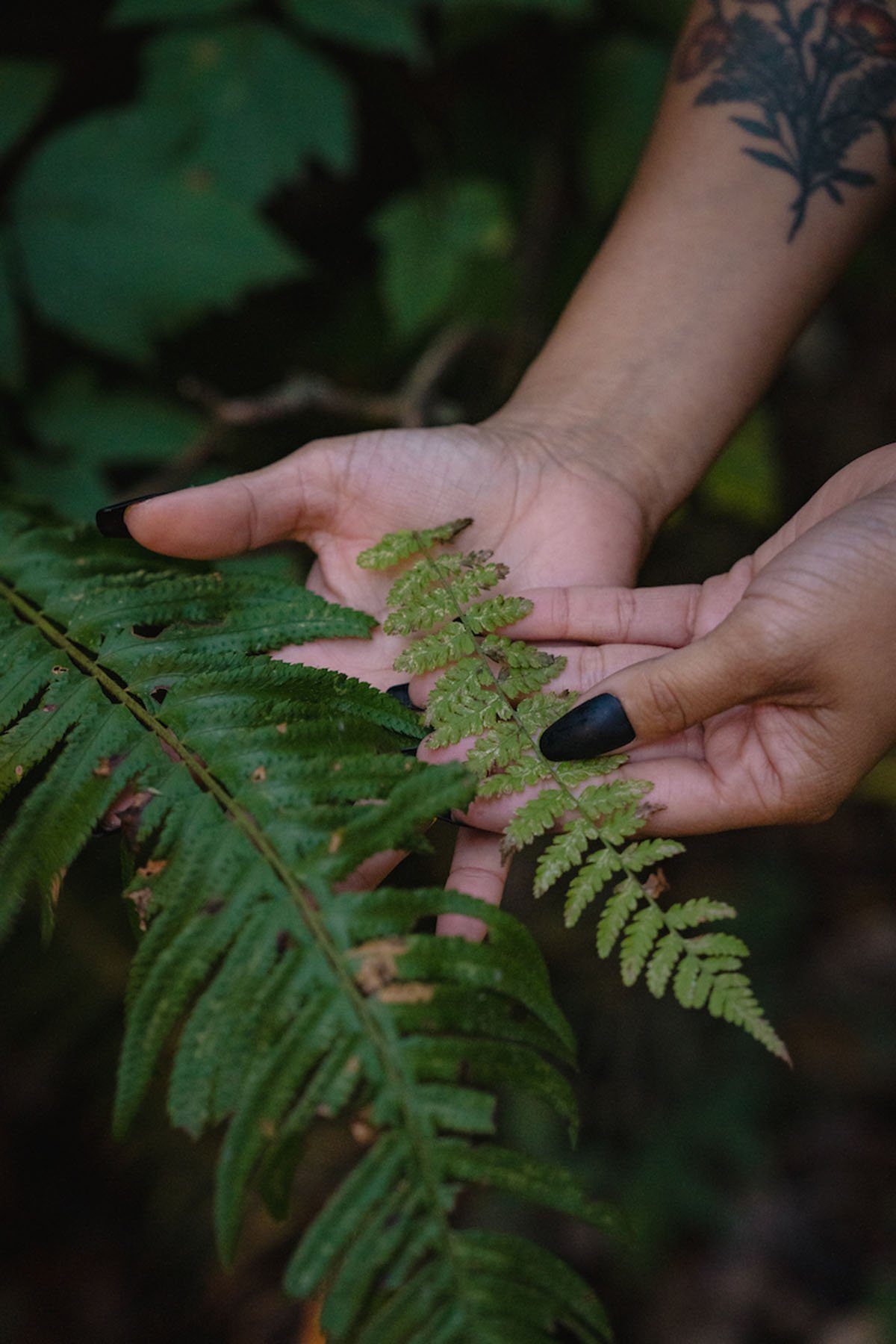
“When you say there haven’t been queer folks, or people of color, or women in these fields, what are we defining these fields as? How were their stories taken away? How did they have to hide what they were doing?” they said.
These questions, and the answers they found through their podcast and other research, sparked a passion to not just be a scientist, but an educator who could play a role in fostering representation in the sciences.
One way Barboza-Ramirez does that is through their work as a student navigator at a community college in Seattle, where their main job is to help minority students earn degrees in STEM through a program funded by the National Science Foundation.
As a part of their job, they connect students with internships and research opportunities and take them to conferences where their identities are centered, including the annual Society for the Advancement of Chicanos and Native Americans in Science conference.
Barboza-Ramirez emphasizes that the science that will be produced as a result of a more diverse field will also be more accurate and nuanced because of it.
“I think it’s crucial to realize that science is not an objective field,” they said. “Which is why I think it is absolutely crucial to have BIPOC folks and queer folks and any sort of minority folks in the room.” It’s a point they tell students over and over: If only cis-White men are interpreting the data, bias, either conscious or unconscious, is naturally built in.
But, when there are more people a part of research, they can point out failings in experiment designs, or think outside of what has been deemed “objective” or “natural” or that are limited by a binary way of thinking about a world that simply isn’t.
There is a term for this reframing, called queer ecology. “It just means looking at the world outside the traditional Western view of how things should be, these hetero-male dominant findings,” they said.
“As a nonbinary person, [this framework] is validating in so many ways, to feel like I’m not crazy, and the way that people are making me feel about the way that I feel is crazy instead,” Barboza-Ramirez said. “Because I am nature. And in the same way that nature is outside of the binary, so am I.”
Science should be fun, Barboza-Ramirez believes. So in addition to their many other pursuits, they are a cofounder of Cosplay for Science, a science education initiative. Started alongside two of their friends, the goal is to make science education more interesting and relatable through cosplay, or dressing up as fictional figures from pop culture. They’ve inhabited “Jurassic Park” characters to talk about paleontology at a pop-up exhibit and dressed up as Pokémon — some of the characters are based off of real fossils — at Comic Cons.
“Our whole mission right now is really learning how we can utilize pop culture, storytelling and cosplay and weave all of those narratives together to help teach people about science in their everyday lives,” said Gabriel Santos, one of the group’s founders and a fellow paleontologist.
A byproduct of the cosplay exhibits is that people are interacting with scientists like Barboza-Ramirez and Santos, who is Filipino American.
“Michelle talks a lot about how they didn’t see anyone like themselves, and they worked very hard to represent queer paleo scientists,” he said.
Cosplay for science breaks that barrier.
“A lot of us are people of color, queer, scientists, women scientists,” Santos said. “It’s not something that we are intentionally pushing to the forefront, to be like oh look at us we are so diverse. It’s just who we are.”
Barboza-Ramirez hosting a show like “Eons” is yet another way to challenge those stereotypes.
Just think about the hosts of typical nature shows, Santos said. The people that come to mind are hosts like Steve Irwin, David Attenborough or Jeff Corwin. Then consider how many are people of color and openly queer.
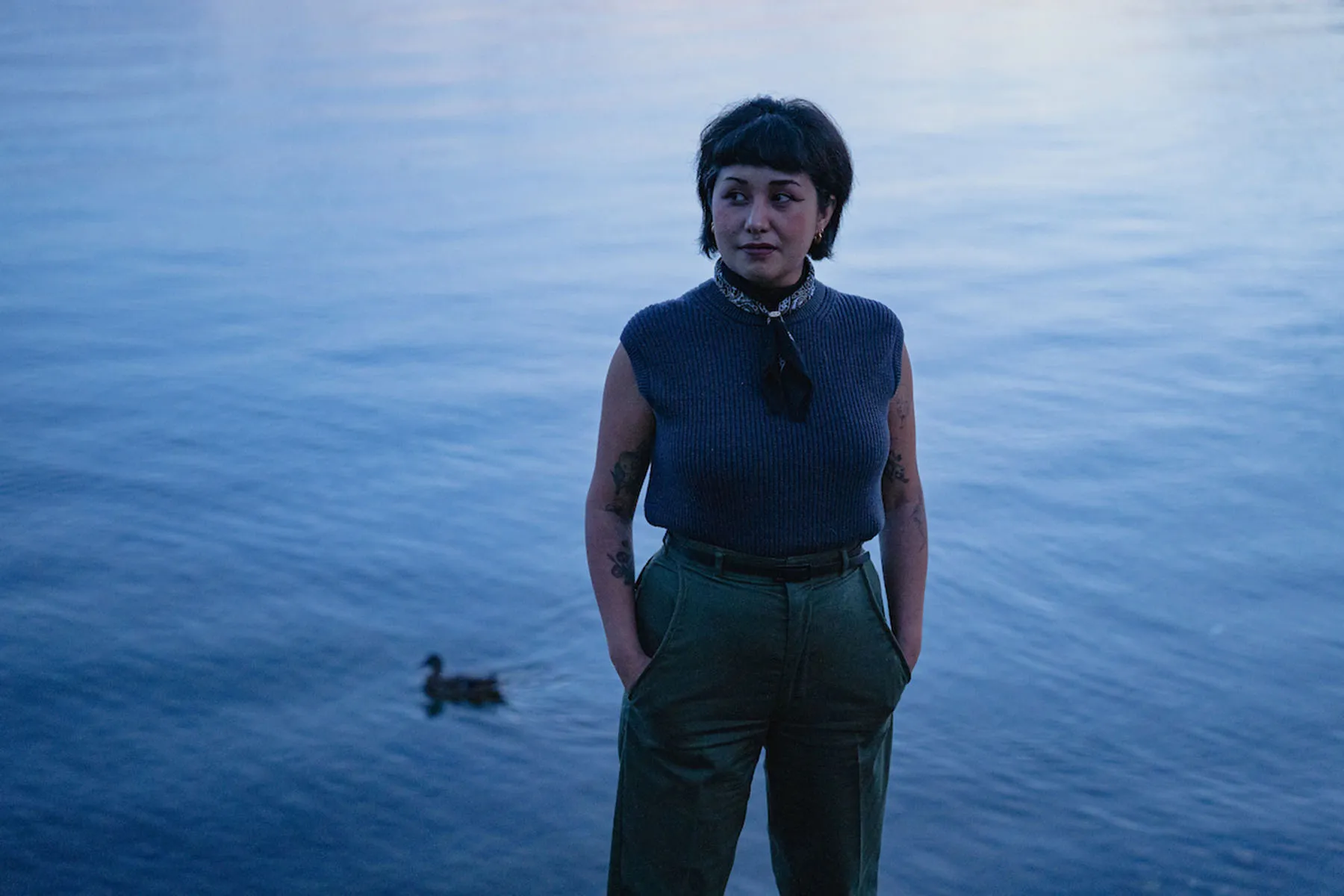
“And Michelle’s out there on PBS ‘Eons’ as a scientist, first and foremost, but then also represents just by being who they are,” Santos said. “And it’s so important and inspiring to know that there are people out there who watch that, and will see Michelle.”
Santos, who is also one of Barboza-Ramirez’s close friends, said he cried when they told him they had gotten the hosting gig at “Eons” a few years ago because it meant so much to both of them to be that representation for others. This week “Eons” announced that Santos would be joining as a host too.
Barboza-Ramirez said that sometimes, bringing that visibility can almost feel overstated. But when they hear from fans who recognize a piece of themselves in the show, they know it is a meaningful part of the work. “There’s people where this is still new to them,” they said. “They haven’t had the chance to see that representation.”
“It’s not just for people like me that can see themselves and be like, ‘Oh, I can be openly queer and Brown and successful as a scientist,’ but it’s also to normalize that for everyone else.”

